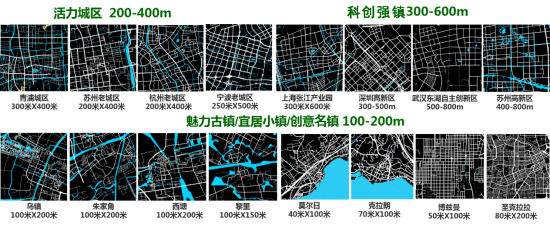Planning Practice of the Demonstration Zone of Integrated Development of the Yangtze River Delta - Planning the Common Vision under "Harmony in Diversity"


Project classification:
Urban & Rural Planning
Person in charge:
Zheng Degao
I. Location of Project
Qingpu District in Shanghai, Wujiang District of Suzhou, Jiangsu Province, Jiashan County in Zhejiang Province
II. Planning background
The Outline of the Yangtze River Delta Regional Integration Development Plan issued by the State Council proposes to establish the demonstration zone of ecological green and integrated development of the Yangtze River Delta (hereinafter the "demonstration zone") in Qingpu District of Shanghai, Wujiang District of Suzhou City of Jiangsu Province and Jiashan County of Zhejiang Province to formulate joint territorial planning and explore effective paths for regional collaboration on the premise of not breaking the existing administrative divisions.
III. Vision and Strategy of Planning
Identifying the commonality and individual characteristics of the administrative junction areas of the demonstration zone in terms of ecological and environmental foundation, urban-rural spatial pattern, economic and industrial foundation, historical and cultural context and the need of overall arrangement of resources, the project team proposed to emphasize commonality while respecting individual characteristics, so as to reach the greatest consensus on development. Based on this, the team stated the development vision of the demonstration zone, that is, to build ita "world-class model of civilized water-town habitat" by pursuing the following five strategies.
First, reshape the ecological pattern of harmonious coexistence between man and nature. On the one hand, we handled well the relationship between man and water, focusing on key actions and building a spatial layout system of water network. On the other, we handled properly the relationship between forest and cropland, respected the regional ecosystem, and optimized the layout of agriculture and forestry from the perspective of overall improvement of ecological service functions.
Second, build an urban-rural system that caters for both function and scenery. The plan is to establish an urban-rural system consisting of brisk urban areas, characteristic towns and beautiful villages. Grassroots water town units were built centering on the town community, supplemented by the surrounding beautiful villages and ecological elements. In addition, linear open space was constructed to connect various functional units, scenic cultural spots, various parks, etc., and draw innovative elements through a superior environment.
Third, cultivate an industrial space conducing to innovation and interaction. The plan formulated a dynamically updated list of industrial introduction, rectification and upgrading, and at the same time guided the formation of an innovation agglomeration area driven by the integration of "production-study-research".
Fourth, create the ambience of neo-Jiangnan water town. The plan sought to capture the Jiangnan water town style, create a town space with pleasant ambience, shape a variety of architectural spaces, and foster a general style that organically blended the essence of ancient and modern architectures.
Fifth, improve public service and infrastructure networks. The plan aimed at optimizing the layout of public service facilities and community living circles, establishing a green, efficient and diversified transportation system, and building a smart infrastructure support system.
